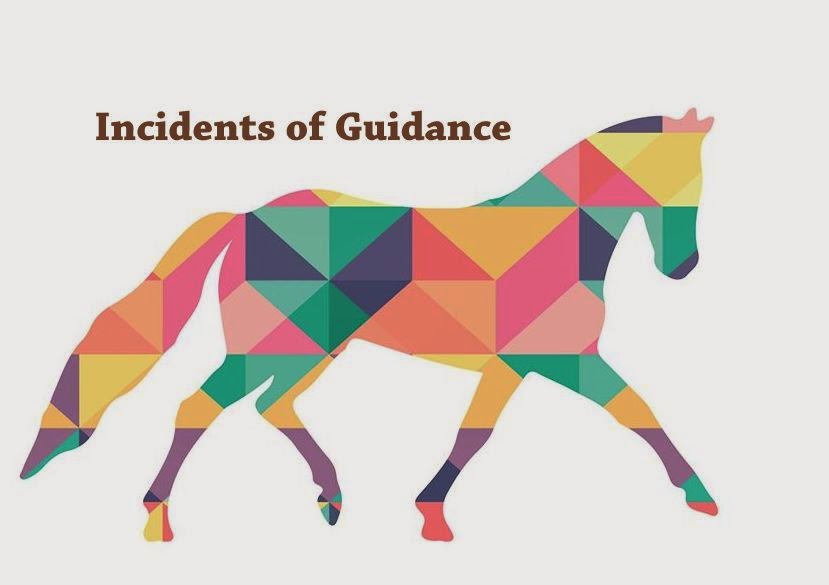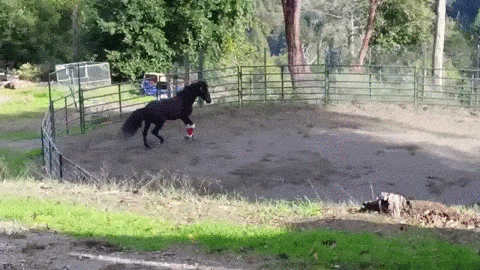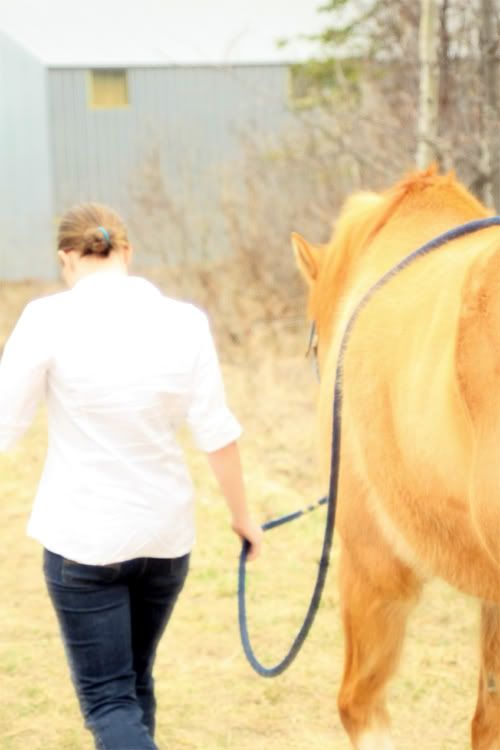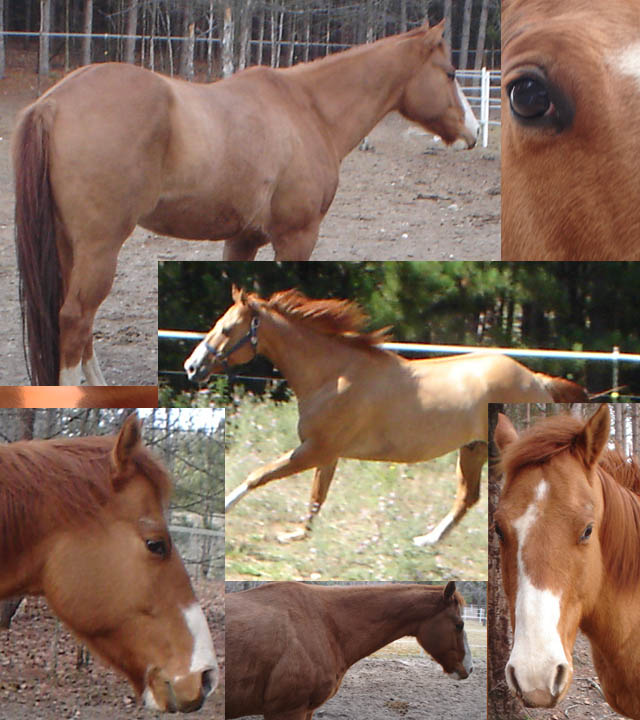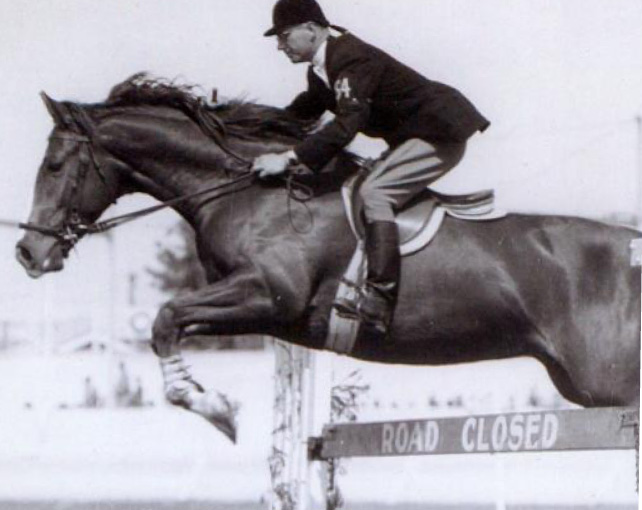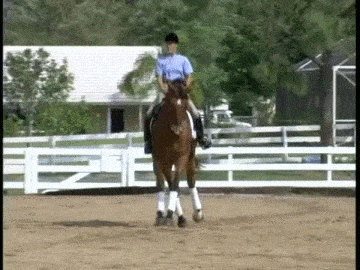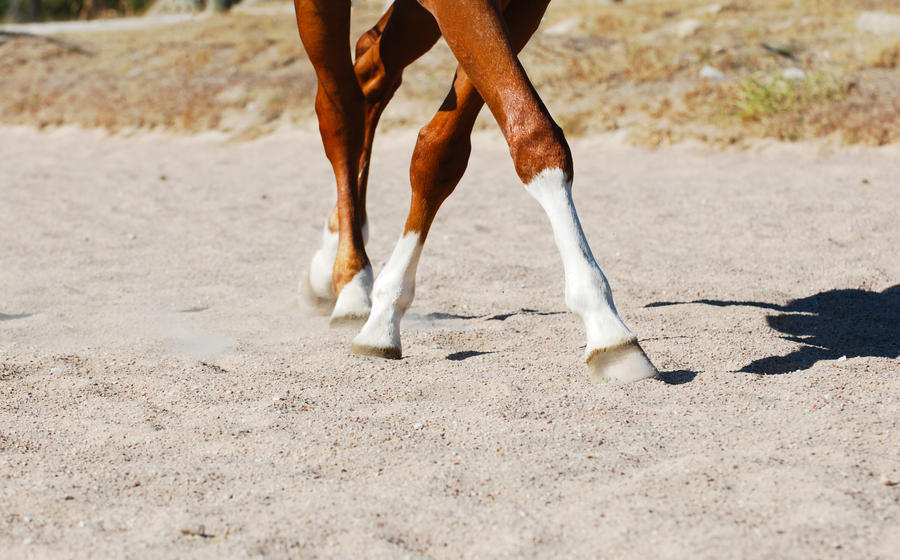(Please note that the following post has almost nothing at all to do with exercising your horse, or suppling your horse, or Wednesday. I am currently on a plane and therefore you’re getting my unfiltered and rambling nonsensical mind. You’re welcome.)
When we look at our shaping scale of training new behaviors, we have the following progression: no response, basic attempt, obedience, rhythm, contact, straightness, proof. Using a walk-trot transition as an example, if my goal is for my horse to trot when I squeeze with my calves for 1&1/2 steps in balance, while staying round, using both hind legs evenly, and stepping under his body (are we beginning to see the depth to which we have to train?) the progression looks something like this.
At no response, my horse will ignore my squeezy legs, and perhaps even kick at my feet!
At basic attempt, the horse is at least trying to solve the problem. Pressure motivates and the release of pressure trains the horse. So the horse has decided that my vice-like grip upon his sides isn’t exactly comfortable. If the horse shifts forward at all at this point, I will release and scratch his withers. The first transition to the trot is our basic attempt!
The horse has reached obedience when 9/10 times I use the light aid (a gentle squeeze with my calves for 1 and 1/2 steps my horse moves into a trot. Do I mind if the horse shuffles into the trot? Not really, not as long as they’re responding immediately to the aid. Sharpness will develop. Is it a great trot? Who cares! We’re trotting!
At rhythm, the horse will maintain the trot with no further input from me. We’ve got cruise control, baby! Unfortunately (or perhaps fortunately for me as a trainer?) very few horses ever really confirm this step in the shaping scale. So when it comes to our go response, I’d argue that few horses ever truly reach the proof level.
At contact, the horse is moving in an outline. Note that the outline is gradually shaped through the turning and halting aids, not through holding hard hands against the horse as they perform an upward transition or through a wig-wagging of the bit. Especially when training new behaviors, too much fussing around will serve only to confuse the horse.
(On a bit of a rant, this is one of the biggest reasons the wastage rate is so high in equine sport! We get on our dressage horses and wiggle waggle the bit every which way and we never leave him alone to just figure out what it is we want. We’re kicking and fussing and insidelegging and outsidereining and we never truly reward the horse with a quiet, supple seat. Or we never break each element down and ask ourselves, “does my horse really, truly understand this foundational step? But the depth of this is a rant for another day.)
At straightness, you could point the horse at a tree three miles away, put your leg on for 1 & 1/2 steps and keep your hands steady and the horse should trot straight into that tree! No need for insidelegging and outsidereining because the horse has been trained to travel in a straight manner. He uses both his hind legs evenly. Even better than cruise control!
And at proof, the horse performs this prompt, straight, powerful walk-trot transition anywhere, any time, no matter what. In mud, in rain, at a show, on the trail, any part of our arena at home... no stickiness.
Horses are remarkable at associative learning.
Okay, Kate. This is a training tangent you walk down all the time. Why is this a preface to a workout? A suppling workout, at that?
I write all this out because, dear italics, training doesn’t always progress that smoothly. If we keep performing our walk-trot transitions willy nilly all over the place, the horse isn’t automatically going to climb his happy butt into proof. We have to develop a feel for straightness, and we have to know how to ask for it.
In my experience, you can’t really get a horse straight until you can tie them in a pretzel.
Excuse me, what?
That’s right, Mr. Italics! You have to have control over all the parts of a horse before you really can expect them to be straight. If you cannot correct the horse, you can’t get him straight.
We can also rely on the more traditional training scale, which progresses like this: rider’s position and aids, rhythm, relaxation, suppleness, contact, straightness, collection. Which means that if we’re jumping straight to suppleness we have to remember to stay balanced ourselves, keep an internal eye to the tempo and rhythm of our ride, make sure we’re not surprising our horse with sudden jerks or changes of direction so he can stay relaxed, and then look at the exercises for our suppling.
I’ll jump back into this debate later, but for now, let’s look at what a good workout consists of.
I’m an eventer, so the idea of good fitness and conditioning is pretty paramount to me. My horse’s training sessions generally look like this.
0-7% - warm-up
8-20% - schooling the problem of the day
21-35% - conditioning/strengthening exercises
36-60% - schooling the problem of the day
61-65% - total break
66-80% - conditioning exercises
81-92% - schooling the problem of the day
93-100% - cool down
So if my plan is to ride for an hour, and I want to focus on improving the response to the lateral aids (I’m working on half-pass with Tango, so that’s my obsession at the moment), his workout will look something like this:
4 minutes at the brisk walk, plenty of halting and rein-backing to make sure I’ve got brakes installed
7.5 minutes warming up turns on the forehand & leg yields, progressing to ten meter figure-8s and finishing with one or two attempts at half-pass
8 minutes trotting briskly forward over poles or on a large figure-8
8 minutes ten meter figure-8s and more half-passes with plenty of rewards and scratches for improved responses
3 minutes standing around on a loose rein, thinking about what we’ve done so far and how I want to finish it out
8 minutes cantering tiny sets (2 minutes canter, 1 minute walk. Trotting for two minutes at the end)
6.5 minutes working on the half pass, being effusive with praise and being sure to practice in different parts of the arena. I don’t generally work on only one thing at a time, but when I do focus entirely on an exercise like half-pass for an hour, I’ll try to up the complexity at the end and make sure we’re getting it. With Tango it’s been maintaining the bend in the halfpass during a transition from walk to trot.
4 minutes at a brisk walk to cool him out.
How precisely do I stick to my schedule during a ride? Pretty much not at all. But if I’m introducing something the horse has never done before, you can bet I’ll only work on it in the final schooling session of the day and let them sleep on it before devoting a whole session to it. I do work in sets of three “schooling focused” bits because I find that’s the best way to allow a horse to learn and remember things the next time we ride. It takes (my students know this one... how long? any guesses) 2 minutes for the glycogen to recharge in their brain, which allows for optimal information retaining.
Alright, my app tells me I’m 1,100 words into this post and I haven’t even tackled any suppling exercises!
So, to those of you designing your own workouts for your horses, I’d like you to keep these percentages in mind:
~15% of the workout is just warming up and cooling down
~30% is spent doing conditioning exercises
~5% is spent sitting around and thinking
~50% is spent focused on the training problem of the day
So for a very stiff horse we are planning on riding for one hour, one that really needed suppling, our workout would be thus (yes! finally!)
4 minutes at a brisk walk
7.5 minutes walking & trotting big, broad serpentines, wherein we focus primarily on what it feels like when the horse changes bend underneath is, wherein we see which side is more flexible and how much resistance is being given to us
8 minutes cantering, broken into 2 minutes one way at the canter, one minute walking. Change direction. 2 minutes cantering, one minute walking. Two minutes trotting a big loopy figure-8.
8 minutes suppling on our 20-meter circle, using primarily our +1+7 exercise** before spiraling in and spiraling out a few times.
3 minutes standing around on a loose rein and doing absolutely nothing at all
8 minutes trotting over poles, halting and backing up, and more trotting over poles
6.5 minutes riding smallish figure-8s, executing the +1+7 when necessary, and then working on a serpentine that is as shallow as we can get it and still feel the horse change bend
4 minutes at a brisk walk to cool him out
**What’s the +1+7, you ask? My lovely trainer Anne introduced me to this one, but I’ve since discovered it’s a Jane Savoie thing. When the horse’s neck is totally straight, his chin is in front of his chest, he’s at 0. When he’s bent one inch to the inside, he’s at +1. When his nose is bent seven inches to the inside, he’s at +7. You ask for the supple by turning your inside hand so that your fingernails are on top, then rotate your arm across your body as if you’re going to do the UGLIEST indirect rein across the withers that your trainer told you never to do. And the effect we create this this, where his shoulders stay on the path of travel and his neck is bent around is exactly what we’re looking for -- and exactly why your trainer told you never to do this when you were trying to find a more effective way to steer. We do this in sets of three. Trotting our circle at +1, inhale, +7, exhale, back to +1. Repeat twice more, then trot straight on. Does the horse feel uneven through the reins? Was he resisting the action to bend and twist his neck? Did he throw his head up or did he stretch the outside of his body down, elongating stiff and over-strong muscles? The answers to those questions will help you decide whether or not to do another set of three +1+7s.
So these are some pretty basic exercises that pretty much any horse that can steer could be asked to do. What about the more advanced horses? Do they just trot around doing serpentines and then one day magically bang out a beautiful Grand Prix test? No. But generally for them, suppling doesn’t require an hour of work. These are flexible and strong athletes that know their job and need to be suppled only to prepare for the questions of collected work.
All of the lateral exercises are great for suppling as they require abduction and adduction of the limbs. I knew a trainer in France who would warm up with lots of cross-gait transitions (think halt-trot and walk-canter) and then the suppling portion of his warm-up was to doing 15-20 steps of piaffe, move into a medium trot, then sit back into another 15 or so steps of piaffe. “Oooh la la, it works evereee muscle in ze horse, Kathreeeeeeeen.” I mean, yes. But how many of us are going to just real-quick supple up our off-the-track thoroughbreds with a liberal dose of piaffe? That’s right.
None of us.
Ugh. Riding masters.
Anyhow. I want to encourage everyone who’s working on creating a more supple partner to not hang up on their horse. This means that while I expect my horse to respond PROMPTLY to a leg aid, I also don’t want to have to keep my leg wildly off them in fear of their electro-crazy response to my calf. I want my horse to halt when I take a firm, unyielding contact on the rains, but this also means I don’t want to have to ride with loopy-long reins for fear of my horse practicing his best reiners-stop.
There is a middle ground, and it’s both lighter and more enjoyable than you expect, but while you and your horse figure it all out, it’s likely that your horse will lean on you in the contact or require the crop to back your soft leg-aid up with. And that’s okay. And that doesn’t mean that we get to drop our reins, or forget about trotting in the first place because I didn’t really want to anyways. If we do these things, our horse is successfully training us.
